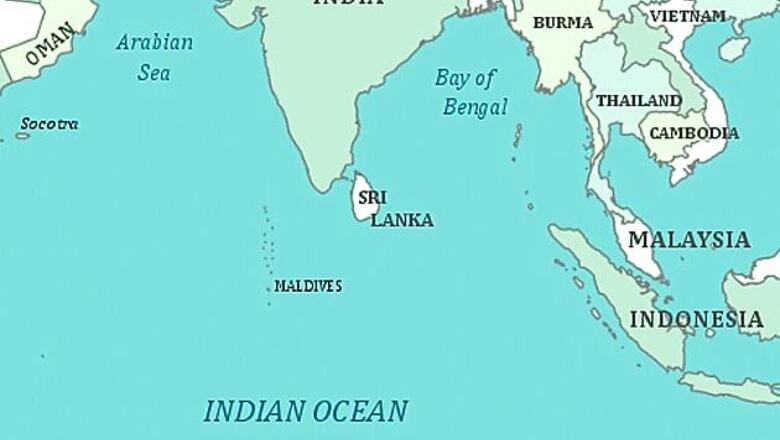
views
Berlin: Scientists claim to have discovered remains of a lost ancient continent between India and Madagascar, found buried under huge masses of lava. The continent fragment known as Mauritia detached about 60 million years ago while Madagascar and India drifted apart, and had been hidden under lava.
Such micro-continents in the oceans seem to occur more frequently than previously thought, according to a new study in the journal Nature Geoscience. The break-up of continents is often associated with mantle plumes: These giant bubbles of hot rock rise from the deep mantle and soften the tectonic plates from below, until the plates break apart at the hotspots.
This is how Eastern Gondwana broke apart about 170 million years ago. At first, one part was separated, which in turn fragmented into Madagascar, India, Australia and Antarctica, which then migrated to their present position. Plumes currently situated underneath the islands Marion and Reunion appear to have played a role in the emergence of the Indian Ocean.
If the zone of the rupture lies at the edge of a land mass (in this case Madagascar/India), fragments of this land mass may be separated off. The Seychelles are a well-known example of such a continental fragment. The research by geo-scientists from Norway, South Africa, Britain and Germany suggest, based on the study of lava sand grains from the beach of Mauritius, the existence of further fragments.
The sand grains contain semi-precious zircons aged between 660 and 1970 million years, which is explained by the fact that the zircons were carried by the lava as it pushed through subjacent continental crust of this age. This dating method was supplemented by a recalculation of plate tectonics, which explains exactly how and where the fragments ended up in the Indian Ocean.
Dr Bernhard Steinberger of the GFZ German Research Centre for Geosciences and Dr Pavel Doubrovine of Oslo University calculated the hotspot trail. "On the one hand, it shows the position of the plates relative to the two hotspots at the time of the rupture, which points towards a causal relation," said Steinberger. "On the other hand, we were able to show that the continent fragments continued to wander almost exactly over the Reunion plume, which explains how they were covered by volcanic rock," Steinberger said in a statement.
What was previously interpreted only as the trail of the Reunion hotspot, are continental fragments which were previously not recognised as such because they were covered by the volcanic rocks of the Reunion plume. Researchers said it therefore appears that such micro-continents in the ocean occur more frequently than previously thought.

















Comments
0 comment